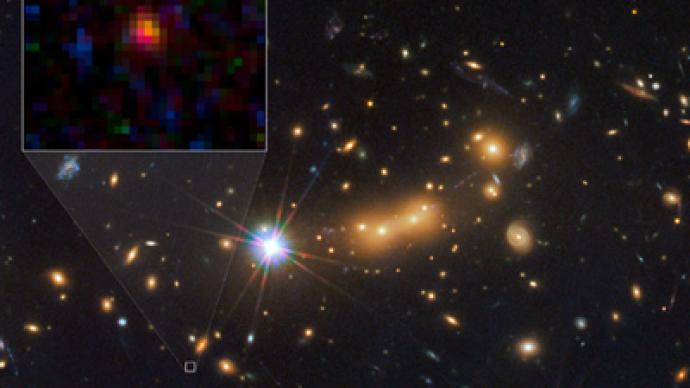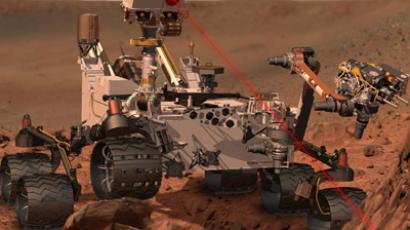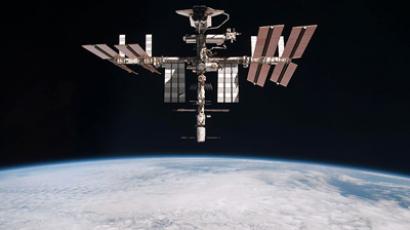Astronomers discover oldest galaxy in Universe

Scientists have discovered the most distant and apparently the oldest galaxy in the known universe using a unique combination of super man-made and natural telescopes.
The galaxy, MACS0647-JD has been found 13.3 billion light years away from Earth. Scientists believe they are witnessing the cosmic cluster in its infancy, just 420 million years after the Big Bang which created the Universe 13.7 billion years ago, NASA and the European Space Agency announced.“We see the newly discovered galaxy, named MACS0647-JD, as it was 420 million years after the Big Bang… Its light has travelled 13.3 billion years to reach Earth,” a statement said.Cluster Lensing and Supernova Survey with Hubble (CLASH), a joint US-European project, has been credited with the discovery. In order to see the galaxy, astronomers combined the magnifying power of the Hubble Space Telescope, the Spitzer Space Telescope and a natural zoom effect called gravitational lensing.The effect enables astronomers to see galaxies that emit a dim light, undetectable by telescopes on Earth, but through gravitational lensing is made visible as the light from a distant object is bent by the gravity of huge galaxy clusters.“While one occasionally expects to find an extremely distant galaxy using the tremendous power of gravitational lensing, this latest discovery has outstripped even my expectations of what would be possible with the CLASH program,” said Rychard Bouwens of Leiden University in the Netherlands, a co-author of the study defined the discovery. “The science output in this regard has been incredible.”The distant galaxy is a miniscule dot in the cosmos, tiny in comparison to our own Milky Way.The new celestial wonder is less than 600 light-years wide as opposed to the Milky Way which is 150,000 light-years across. Researchers assume that MACS0647-JD may at some point combine with other galaxies to create a larger whole.“This object may be one of many building blocks of a galaxy,” says Dan Coe from the Space Telescope Institute and lead author of the study.“Over the next 13 billion years, it may have dozens, hundreds, or even thousands of merging events with other galaxies and galaxy fragments.”Astronomers are awaiting the launch of a new James Webb Space Telescope in 2018. They hope to be able to use its refined capabilities to more accurately measure the distance and composition of the universe’s oldest galaxy.














